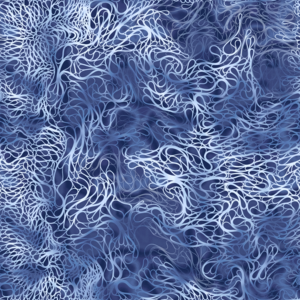Suprematism & RE/Form by Zaha Hadid Design
Suprematism is an art movement, focused on basic geometric forms, such as circles, squares, lines, and rectangles, painted in a limited range of colors. It was founded by Kazimir Malevich in Russia, around 1913. The term suprematism refers to an abstract art based upon "the supremacy of pure artistic feeling" rather than on visual depiction of an object of which inspired Zaha Hadid's very own architectural language
The Suprematists' interest in abstraction was fired by a search for the 'zero degree' of painting, the point beyond which the medium could not go without ceasing to be art. This encouraged the use of very simple motifs, since they best articulated the shape and flat surface of the canvases on which they were painted. (Ultimately, the square, circle, and cross became the group's favorite motifs.) It also encouraged many Suprematists to emphasize the surface texture of the paint on canvas, this texture being another essential quality of the medium of painting. - theartstory.org
In this post we look at this art movement and how it influenced Zaha's early paintings and later shaped her architecture, design and style.
Suprematism are characterized by using analogous fundamental geometric forms and defying gravity. Zaha Hadid taking it a step further by also incorporating patterns of Topographic (inspired from the natural land formation such as dunes and contours lines) , Fluid (seamlessness and outflowing features of water and Arabic calligraphy), Organic (simulation to the natural creatures such as sea animals) and Parametricism (characterized under parametric pattern)

NXG030304-1

NXG029568-1

NXB029562-1

NHU027681-5

NXG029569-1

NXI030184-1

NXL030185-1

NXI029563-1

NXL030137-1

NXG029564-2

NXI029572-1

NXI029566-1

NXB030305-1

NHU030302-1

NHZ027788-1

NXK030136-1

NXB029561-1

NHU030605-1

NXU029819-2

NXU029842-2

NX2027997-6

NXI029567-1
